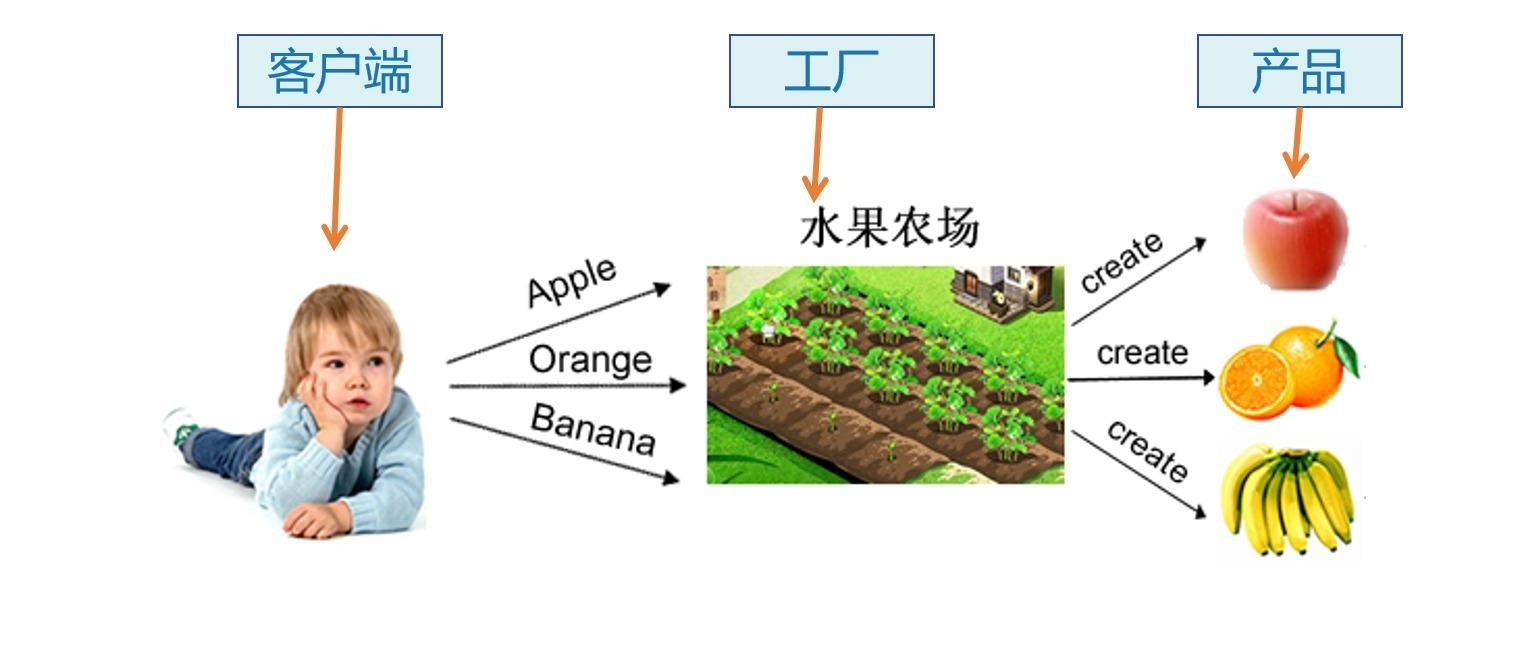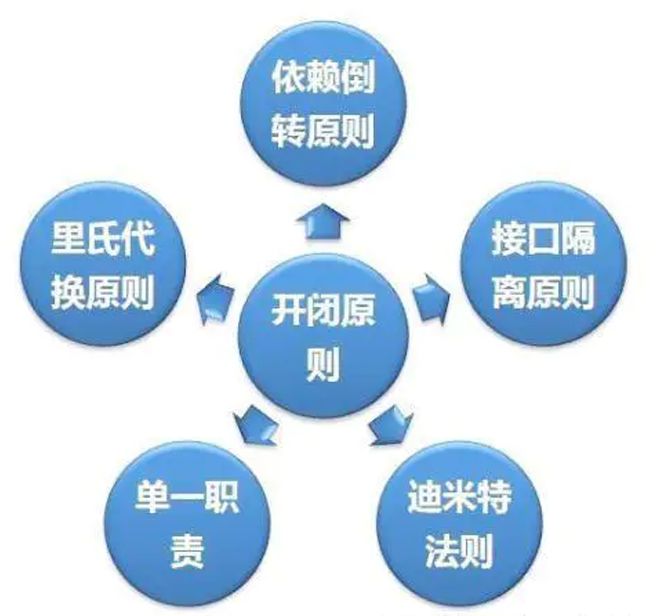回答
“单例模式可以通过反射、序列化/反序列化、以及对象克隆等方式被破坏。
- 反射:通过反射机制,可以访问私有构造器并创建新的实例。
- 序列化/反序列化:序列化对象后,再次反序列化时会创建一个新的对象实例。
- 克隆:通过调用
clone()方法可以复制对象,从而破坏单例性。
为防止这些破坏,可以采取以下措施:
- 防止反射:在构造器中加入防御性代码,检测已有实例并抛出异常。
- 防止序列化/反序列化:实现
readResolve方法,确保反序列化时返回同一个实例。
- 防止克隆:重写
clone()方法,直接抛出CloneNotSupportedException异常。”
如何破坏单例模式?
1. 如何破坏单例模式?
虽然单例模式旨在保证一个类只有一个实例,但在Java中,单例模式可以通过以下几种方式被破坏:
(1) 反射机制 通过反射机制可以访问私有构造器,从而创建出新的实例,破坏单例性。
1
2
3
4
5
| Constructor<Singleton> constructor = Singleton.class.getDeclaredConstructor();
constructor.setAccessible(true);
Singleton instance1 = constructor.newInstance();
Singleton instance2 = Singleton.getInstance();
System.out.println(instance1 == instance2);
|
(2) 序列化和反序列化 在序列化和反序列化过程中,会创建一个新的对象实例,从而破坏单例模式。
1
2
3
4
5
6
7
8
9
10
|
ObjectOutputStream out = new ObjectOutputStream(new FileOutputStream("singleton.ser"));
out.writeObject(Singleton.getInstance());
out.close();
ObjectInputStream in = new ObjectInputStream(new FileInputStream("singleton.ser"));
Singleton instance1 = (Singleton) in.readObject();
Singleton instance2 = Singleton.getInstance();
System.out.println(instance1 == instance2);
|
(3) 克隆 通过clone()方法可以复制对象,从而创建新的实例,破坏单例性。
1
2
3
| Singleton instance1 = Singleton.getInstance();
Singleton instance2 = (Singleton) instance1.clone();
System.out.println(instance1 == instance2);
|
2. 如何防止单例模式被破坏?
针对以上几种破坏单例的方式,分别有相应的防御措施:
(1) 防止反射破坏 可以通过在构造器中加入防御性代码,防止通过反射创建新实例。
1
2
3
4
5
6
7
8
9
10
11
12
13
| public class Singleton {
private static final Singleton instance = new Singleton();
private Singleton() {
if (instance != null) {
throw new RuntimeException("单例模式被破坏!");
}
}
public static Singleton getInstance() {
return instance;
}
}
|
(2) 防止序列化和反序列化破坏 可以通过实现readResolve方法,防止在反序列化时创建新的实例。
1
2
3
4
5
6
7
8
9
10
11
12
13
14
15
16
| import java.io.Serializable;
public class Singleton implements Serializable {
private static final Singleton instance = new Singleton();
private Singleton() {}
public static Singleton getInstance() {
return instance;
}
protected Object readResolve() {
return getInstance();
}
}
|
(3) 防止克隆破坏 可以通过重写clone()方法,并直接抛出异常,防止克隆对象。
1
2
3
4
5
6
7
8
9
10
11
12
13
14
| public class Singleton {
private static final Singleton instance = new Singleton();
private Singleton() {}
public static Singleton getInstance() {
return instance;
}
@Override
protected Object clone() throws CloneNotSupportedException {
throw new CloneNotSupportedException("单例模式被破坏!");
}
}
|






